Portal for more climate-friendly mobility
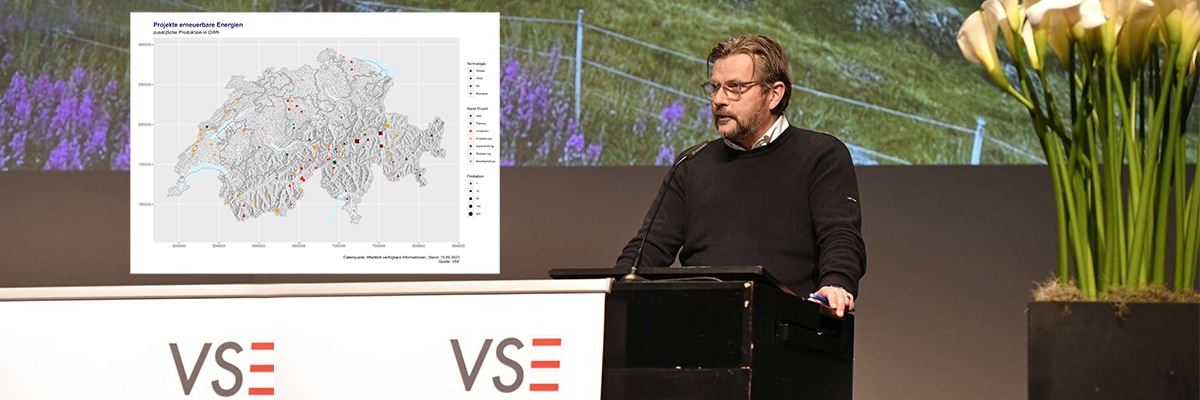
How do we make energy sustainable?
For the first time, there is an up-to-date overview of renewable energy expansion projects in Switzerland. However, not only must production increase, but the energy must also become storable. And here researchers from ETH Zurich and Empa show an exciting option.
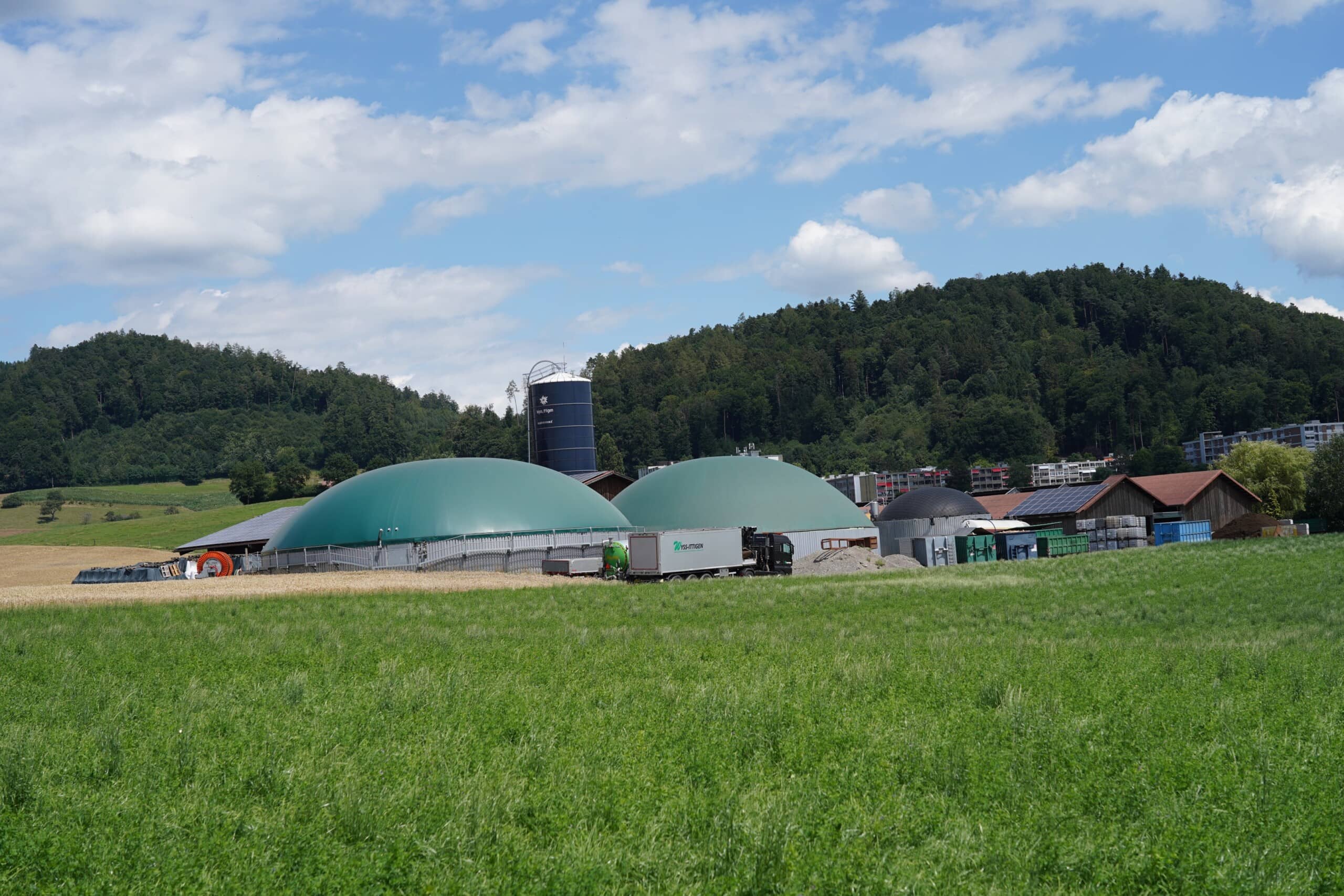 The innovative farm of the Wyss family in Ittigen BE demonstrates how one can produce one’s own energy and close the loop thanks to the use of a biogas truck. Source: CNG-Mobility.ch
The innovative farm of the Wyss family in Ittigen BE demonstrates how one can produce one’s own energy and close the loop thanks to the use of a biogas truck. Source: CNG-Mobility.ch
Switzerland needs renewable energies from a wide variety of sources, from biogas and green hydrogen to solar and wind power, in order to meet its needs and, above all, to reduce CO2 emissions. This is the only way it can achieve the net-zero target of 2050. Eight organisations from the energy, environment and business sectors, including AEE Suisse, Swisscleantech, Swisspower and the Association of the Swiss Gas Industry, recently highlighted the need for action in biogas production.
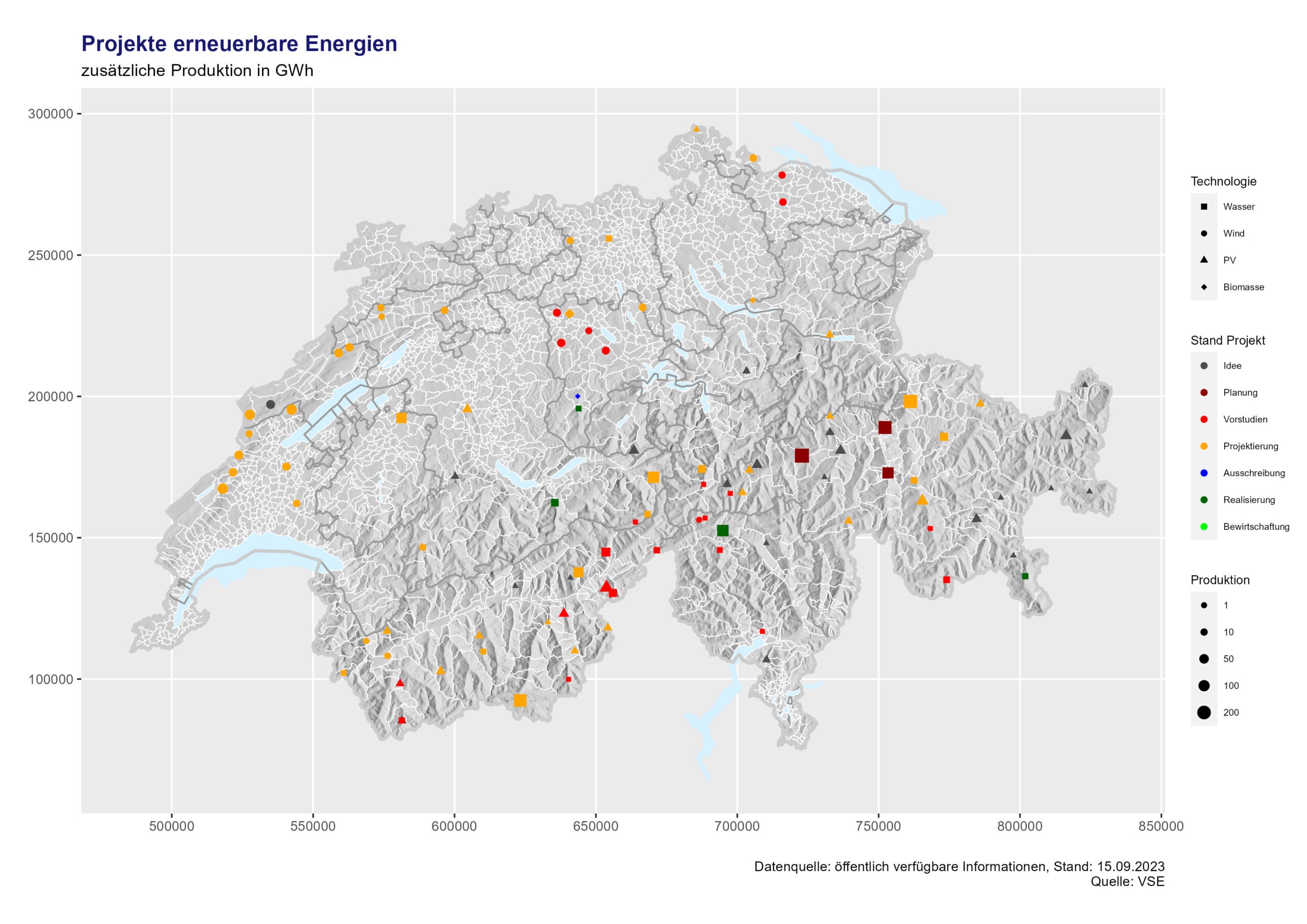 Source: VSE
Source: VSE
The potential for CO2-neutral energy from farmyard manure and biowaste for a more climate-friendly agriculture and the supply of domestic energy production is also far from being exhausted. Last year, however, agricultural biogas plants contributed 168 GWh to Swiss electricity production and thus helped to save more than 82,000 tonnes of CO2 emissions. But in order to ensure climate neutrality and security of supply in the long term, there must be rapid and massive investment in renewable energies.
 Michael Wider, VSE President (Alpiq Holding AG), also points out the difficult framework conditions and hurdles that renewable energy projects have to overcome. Source: VSE
Michael Wider, VSE President (Alpiq Holding AG), also points out the difficult framework conditions and hurdles that renewable energy projects have to overcome. Source: VSE
By 2050, Switzerland will also need massively more electricity. In particular, hydroelectric, solar and wind power will have to close an electricity gap of at least 37 TWh; according to a study by the Association of Swiss Electricity Companies (VSE), more than half of this will be needed in winter. There is no shortage of good projects throughout Switzerland, as an overview shows: 34 hydropower projects, 39 planned alpine PV ground-mounted systems, 28 wind power projects and at least three biomass projects are in the pipeline. All together, they would achieve an annual production of 4 terawatt hours and at least 3.4 TWh of additional winter electricity.
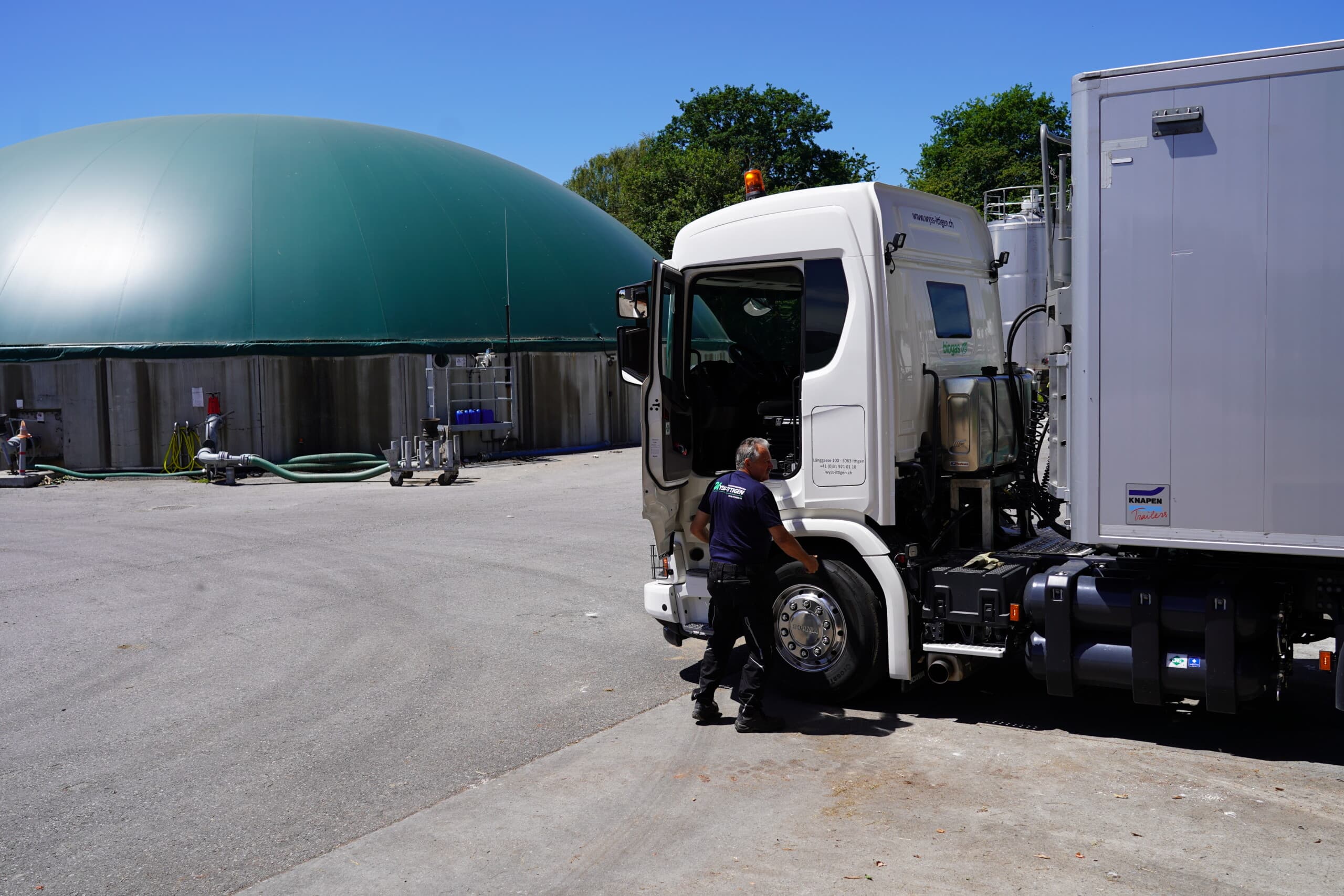 In Switzerland, biogas plants are sometimes even supplied with new substrate in a CO2-neutral way, as the example of the CNG Scania with biogas in the tank shows. Source: CNG-Mobility.ch
In Switzerland, biogas plants are sometimes even supplied with new substrate in a CO2-neutral way, as the example of the CNG Scania with biogas in the tank shows. Source: CNG-Mobility.ch
That doesn’t sound bad, except that, as we all know, “what is planned is not yet built”. In the knowledge that the administrative hurdles are high and there is great resistance to practically every expansion project and years of legal disputes,” explains Michael Wider, VSE President (Alpiq Holding AG). “The new list should provide information as to whether the expansion will take place in reality or not.” The visualisation and the project list are constantly being developed and supplemented with new projects. So we can hope that some more biogas projects will also be added to this Swiss map.

In addition to the production of renewable energy in all sectors, the challenge of how to make it storable must also be solved. Here, ETH Master’s student Josien de Koning, with expertise and tools from Empa researchers, is providing an exciting approach with the “Power-to-Hydrogen-to-Power” (P2H2P) system. “The Swiss electricity grid currently has an overproduction in summer, while we rely on imports in winter. This imbalance will be exacerbated by electrification and the replacement of nuclear power plants with renewable energy sources,” says Josien de Koning. “It is important that we find solutions to counteract this.”
 The geological storage facility in Gampern, Upper Austria, will be able to store the excess solar power of around 1,000 single-family homes on a seasonal basis in the future. Hardly anything can be seen of this large-volume storage capacity of the “Underground Sun Storage” on the surface. Source: RAG
The geological storage facility in Gampern, Upper Austria, will be able to store the excess solar power of around 1,000 single-family homes on a seasonal basis in the future. Hardly anything can be seen of this large-volume storage capacity of the “Underground Sun Storage” on the surface. Source: RAG
Their approach with P2H2P: convert electricity – ideally surplus electricity – into hydrogen, thus storing it and generating electricity from it again when needed. Advantage: Unlike other storage methods such as batteries, the energy can be stored for months without loss. “In my work, I wanted to find out whether it makes sense to integrate such a solution into an energy system,” she adds. The result: the P2H2P system in an apartment building in Obersiggenthal AG is able to balance the energy imbalance as desired. Batteries and thermal storage absorb the daily fluctuations, the hydrogen storage the seasonal fluctuations. But the system cannot yet be operated economically. “It is quite possible that in 2040 the P2H2P system will be in an acceptable range in terms of price and CO2 emissions,” says the ETH researcher confidently. (jas, 2 October 2023
You might also be interested in
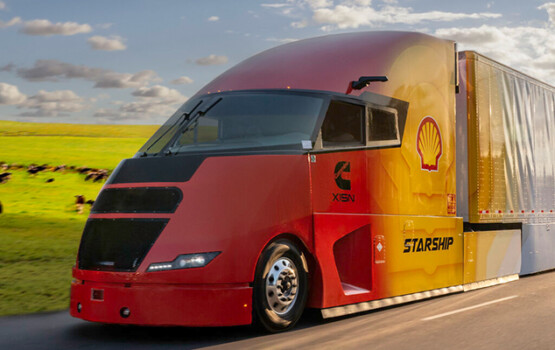
Shell Starship on record hunt
